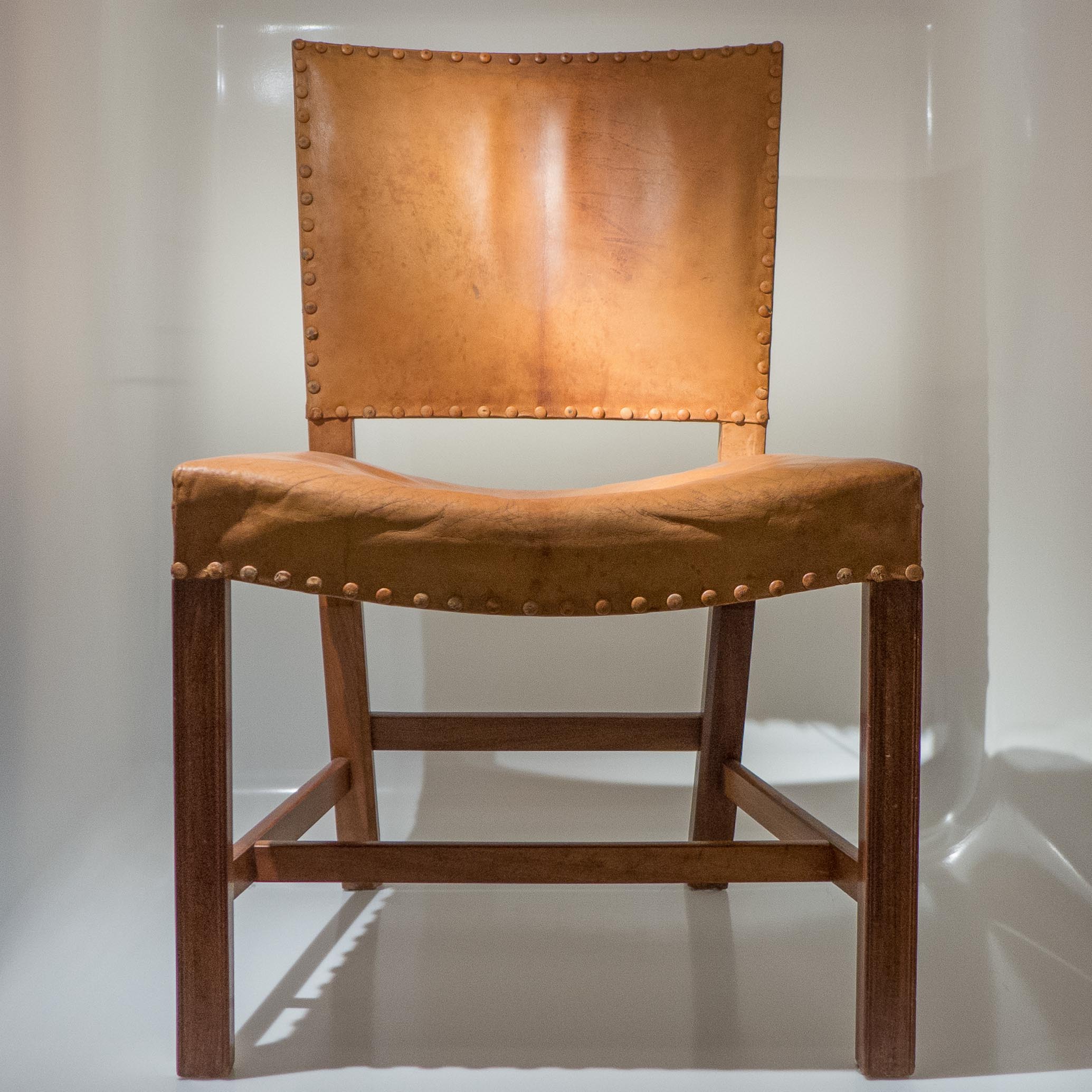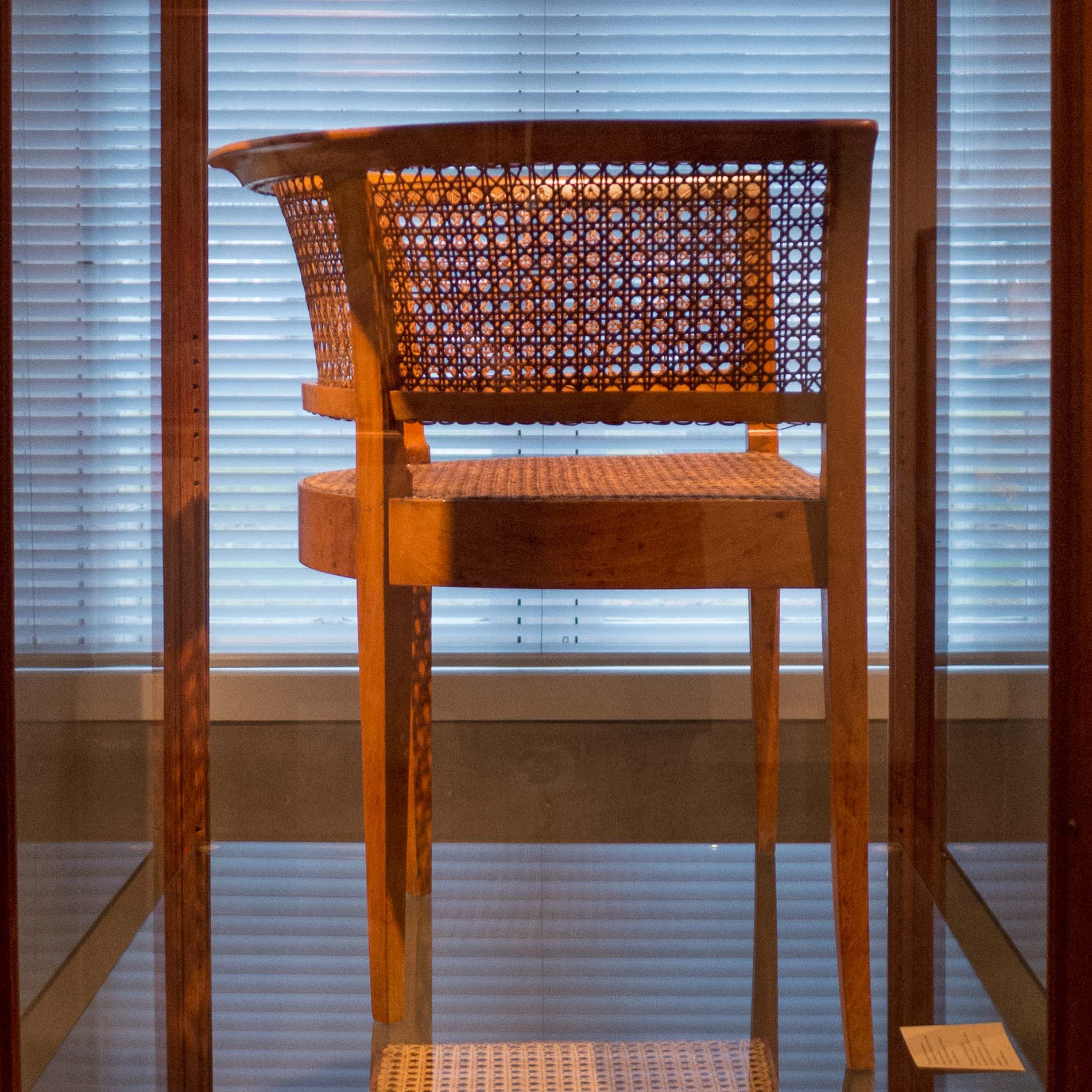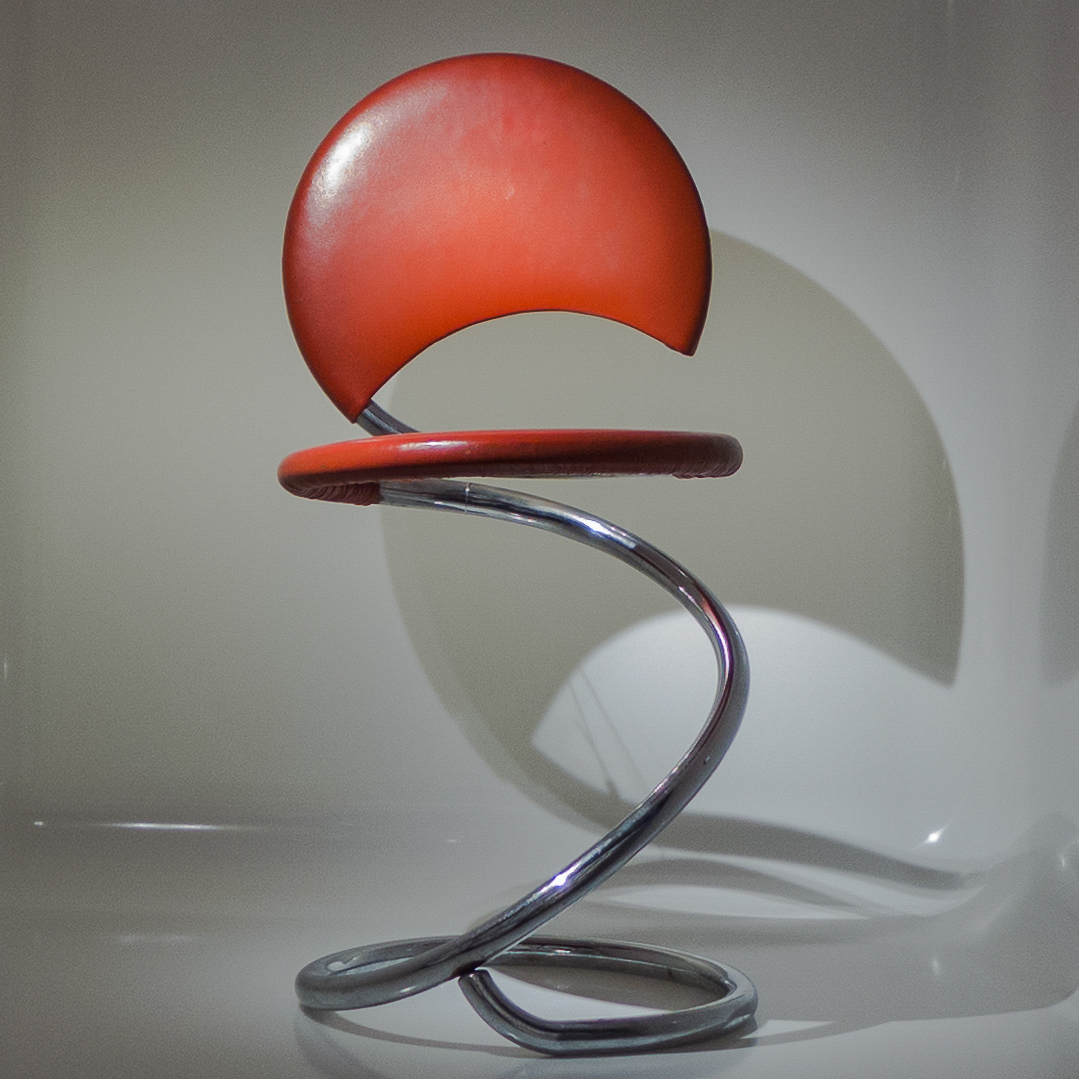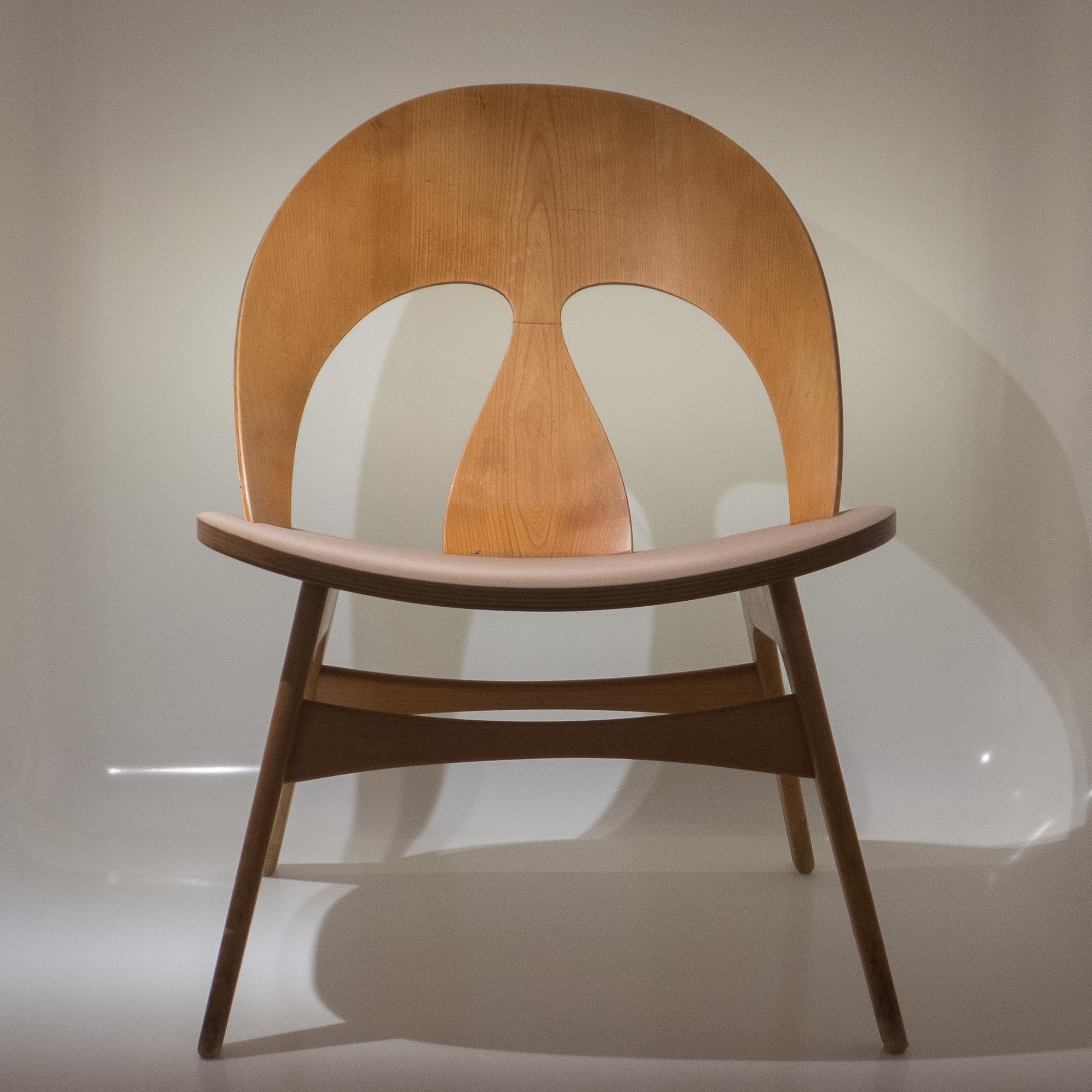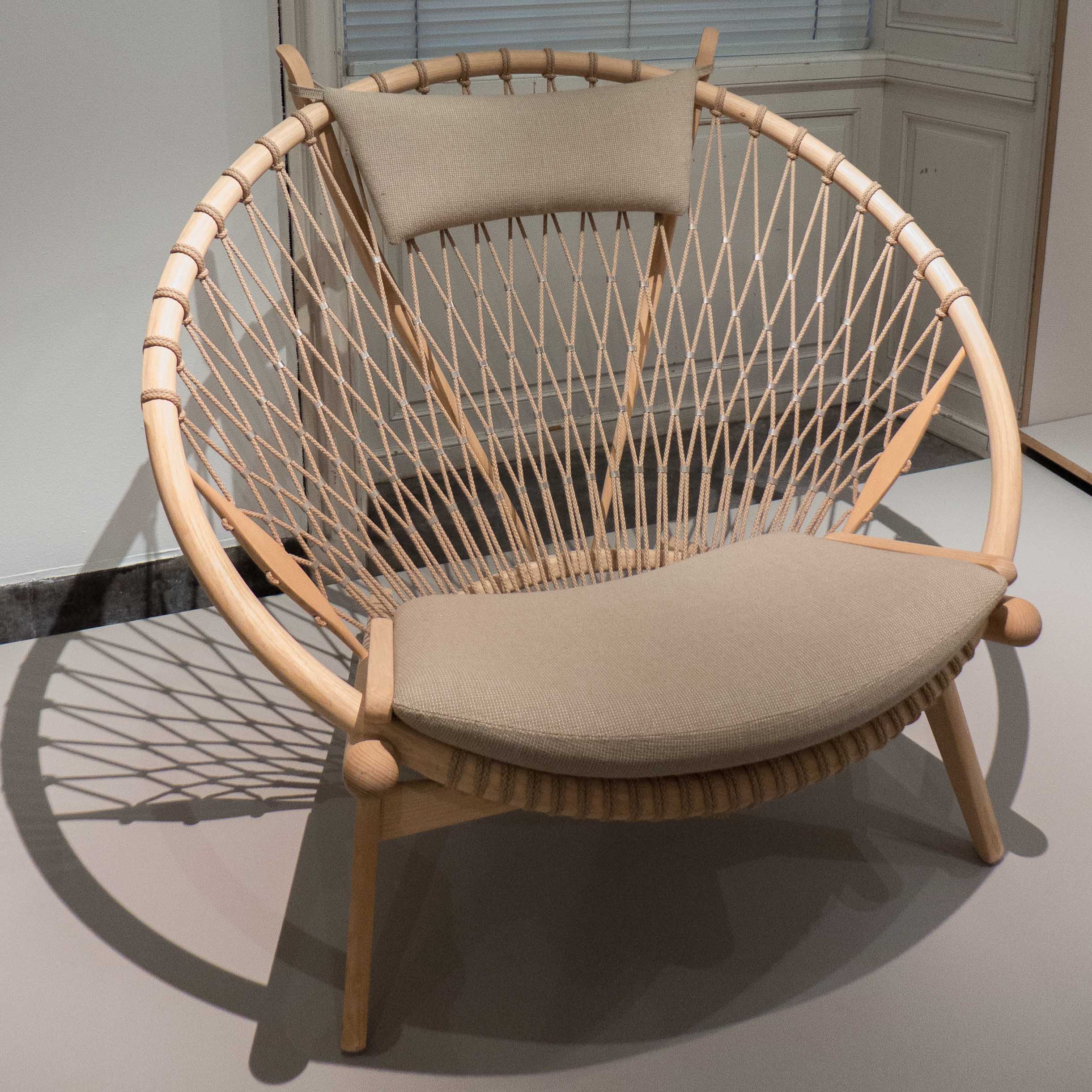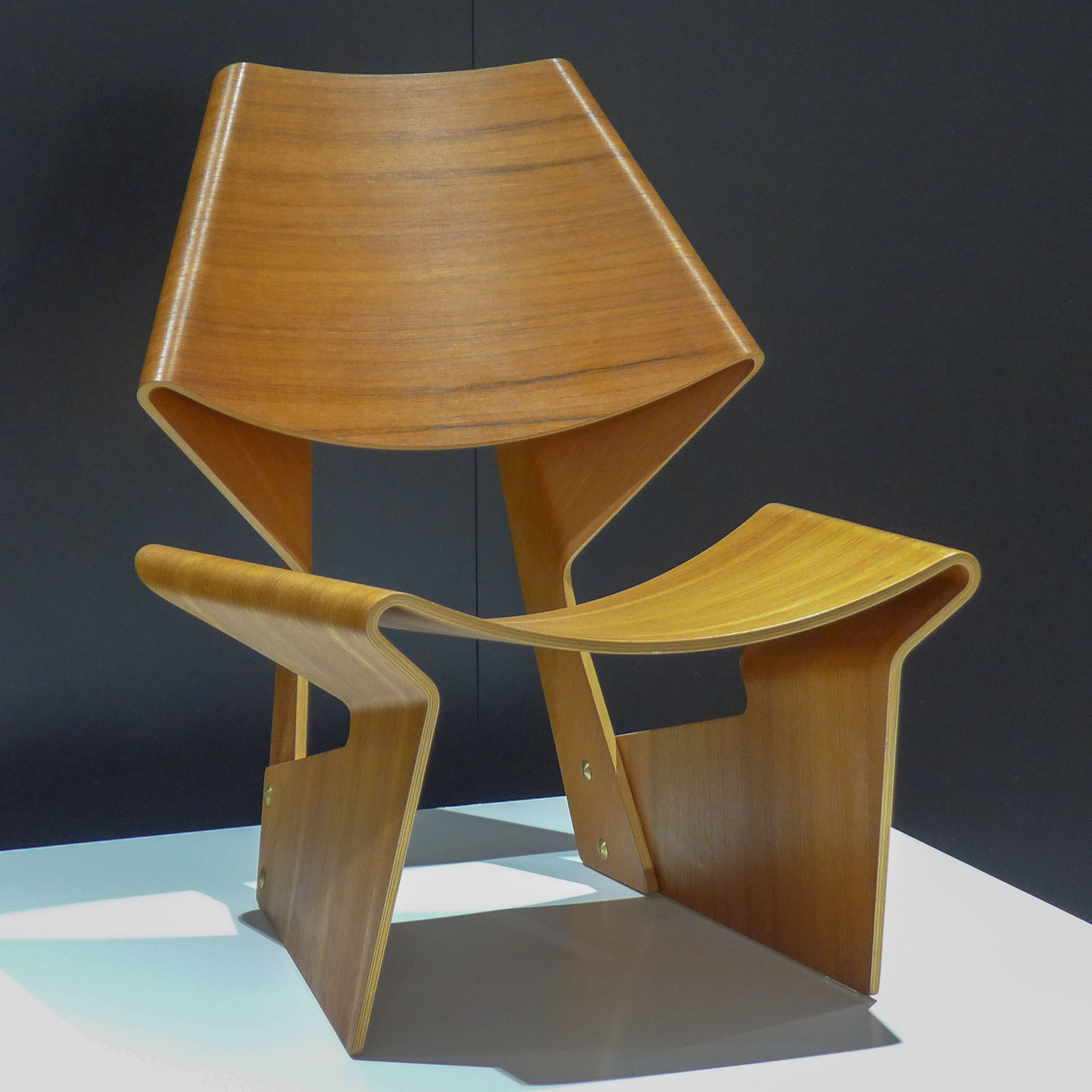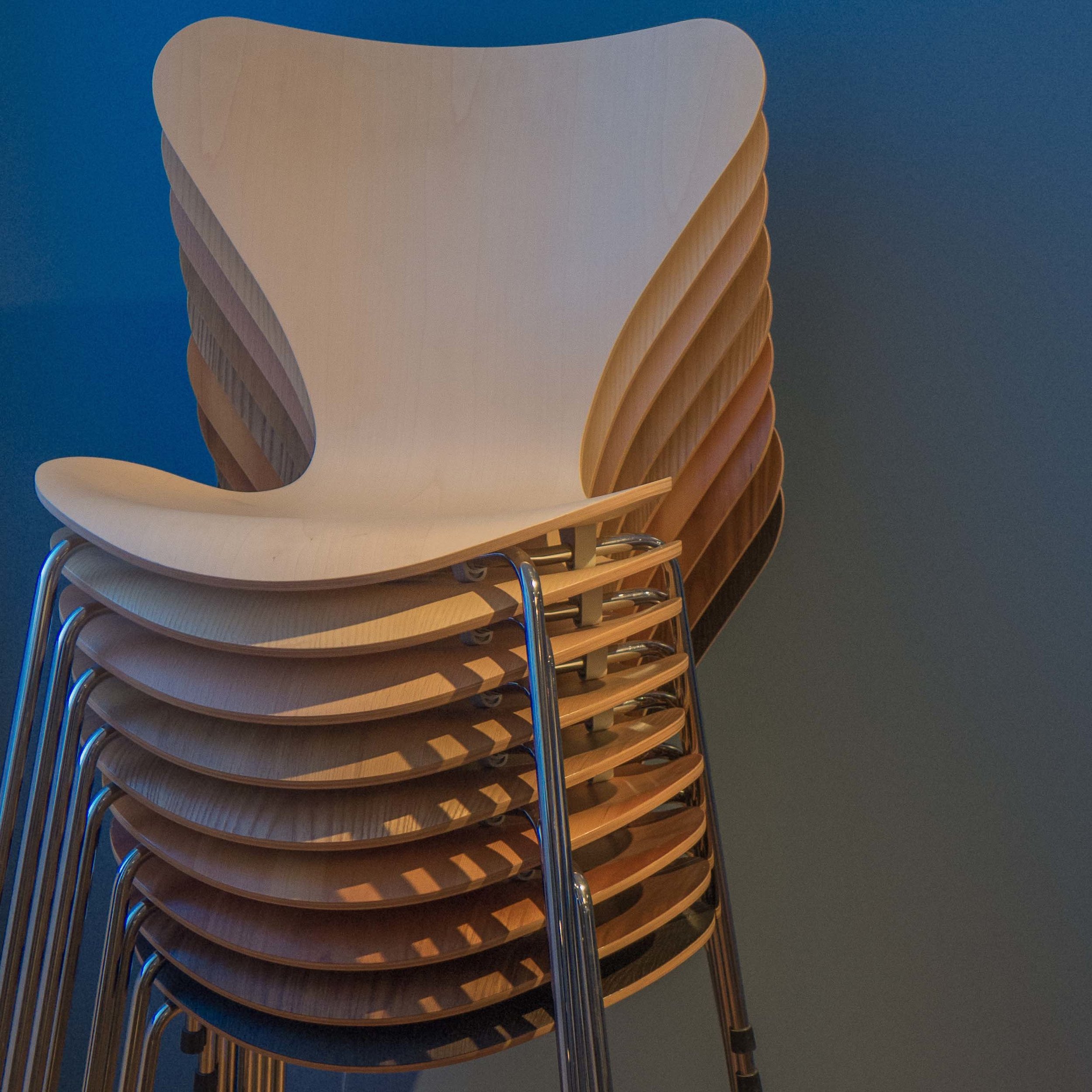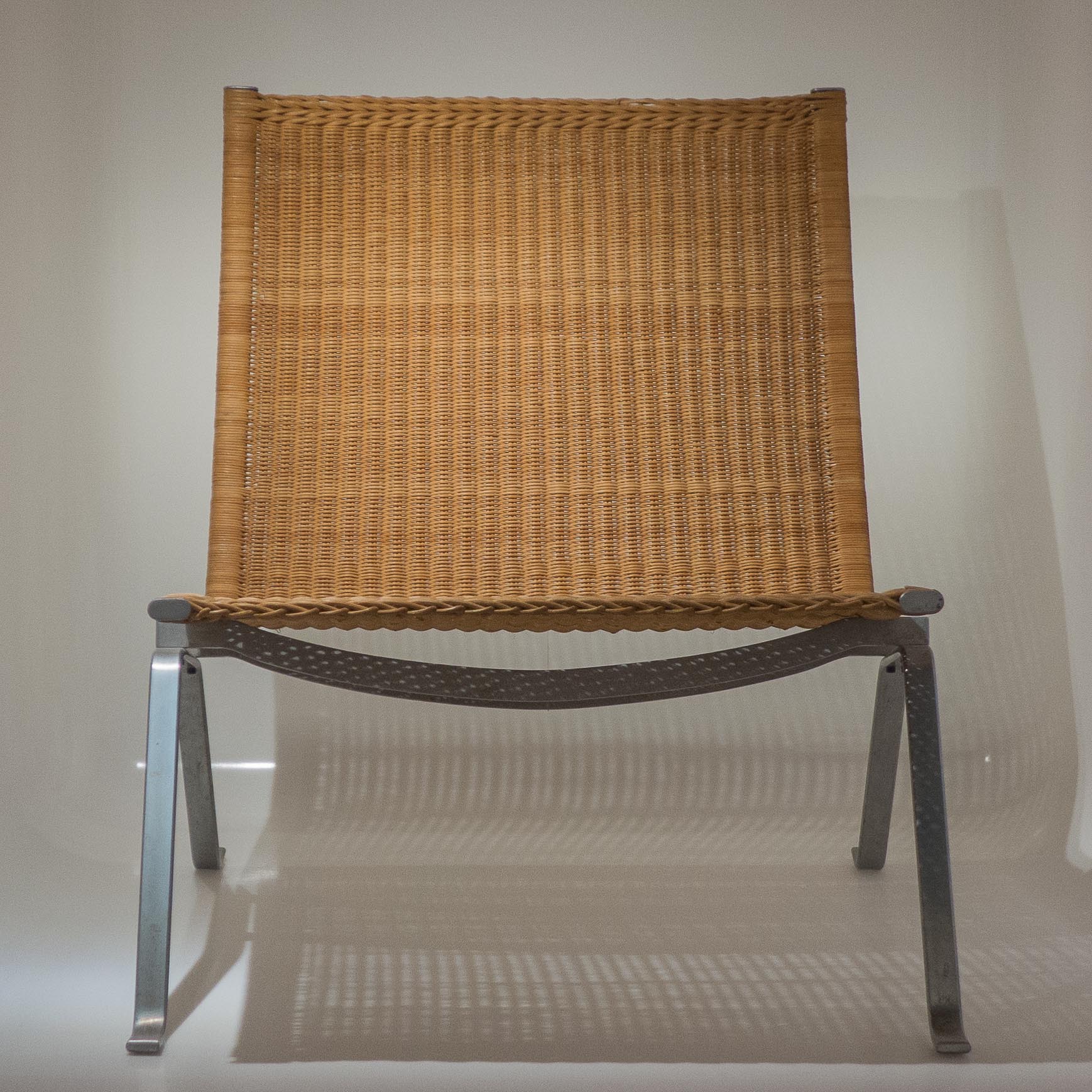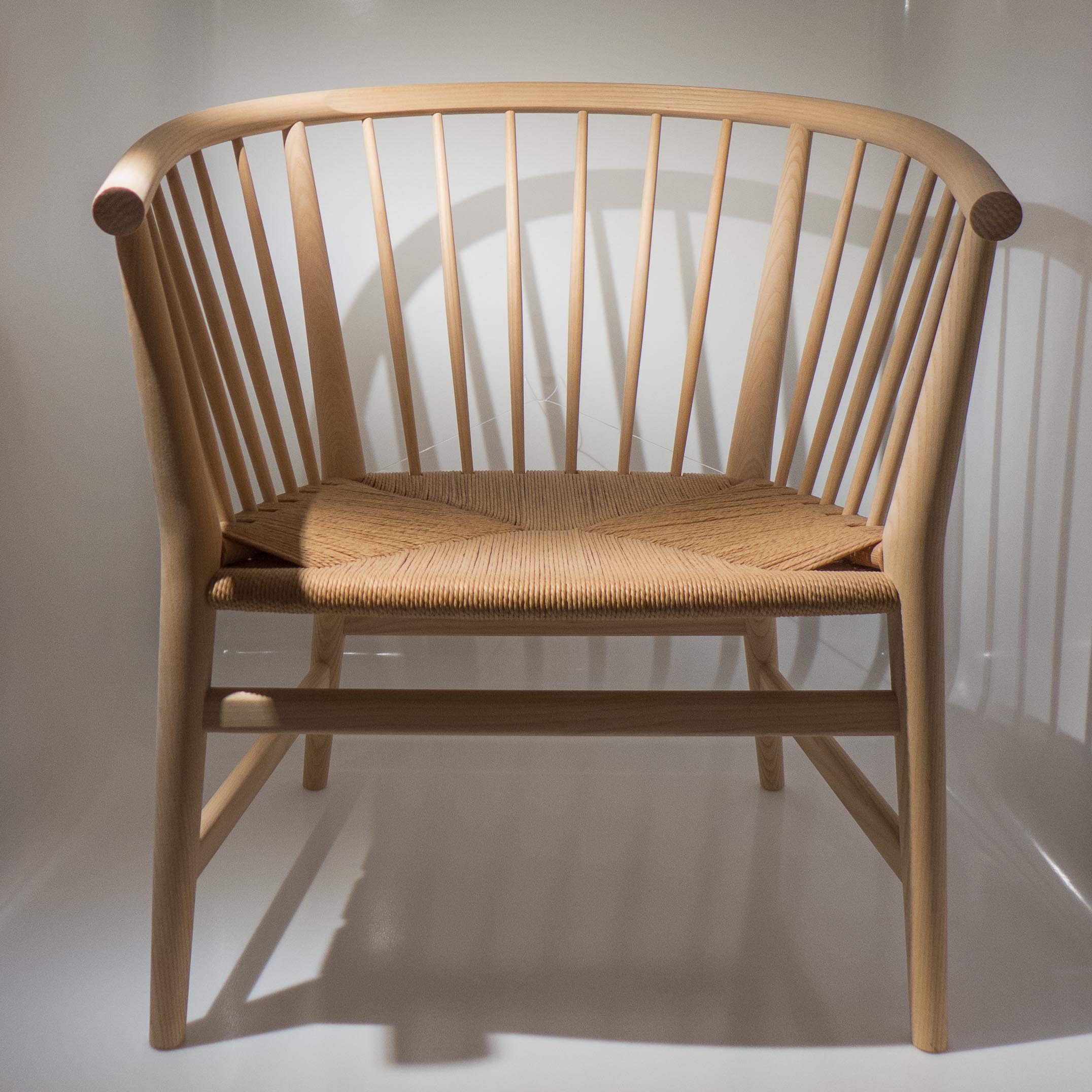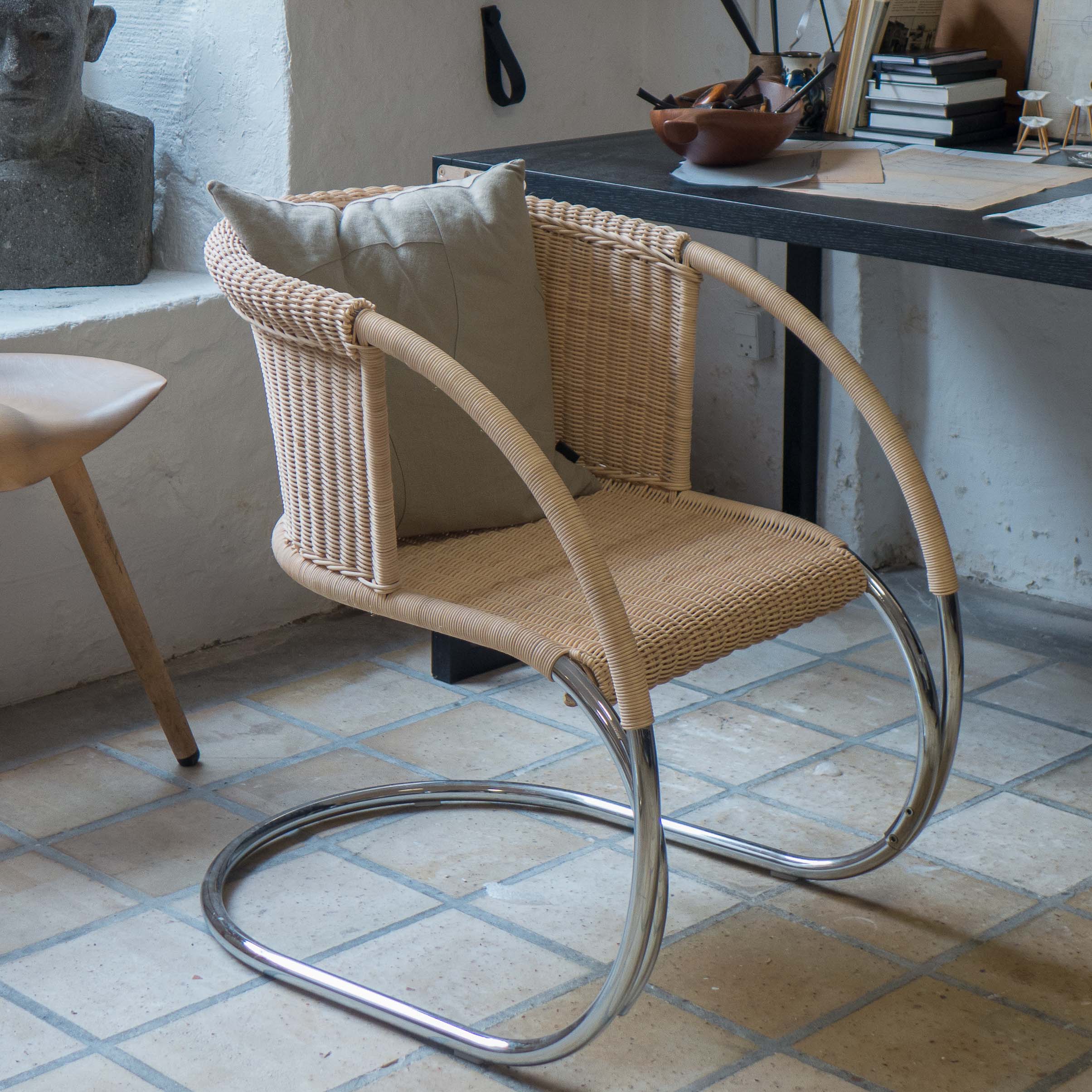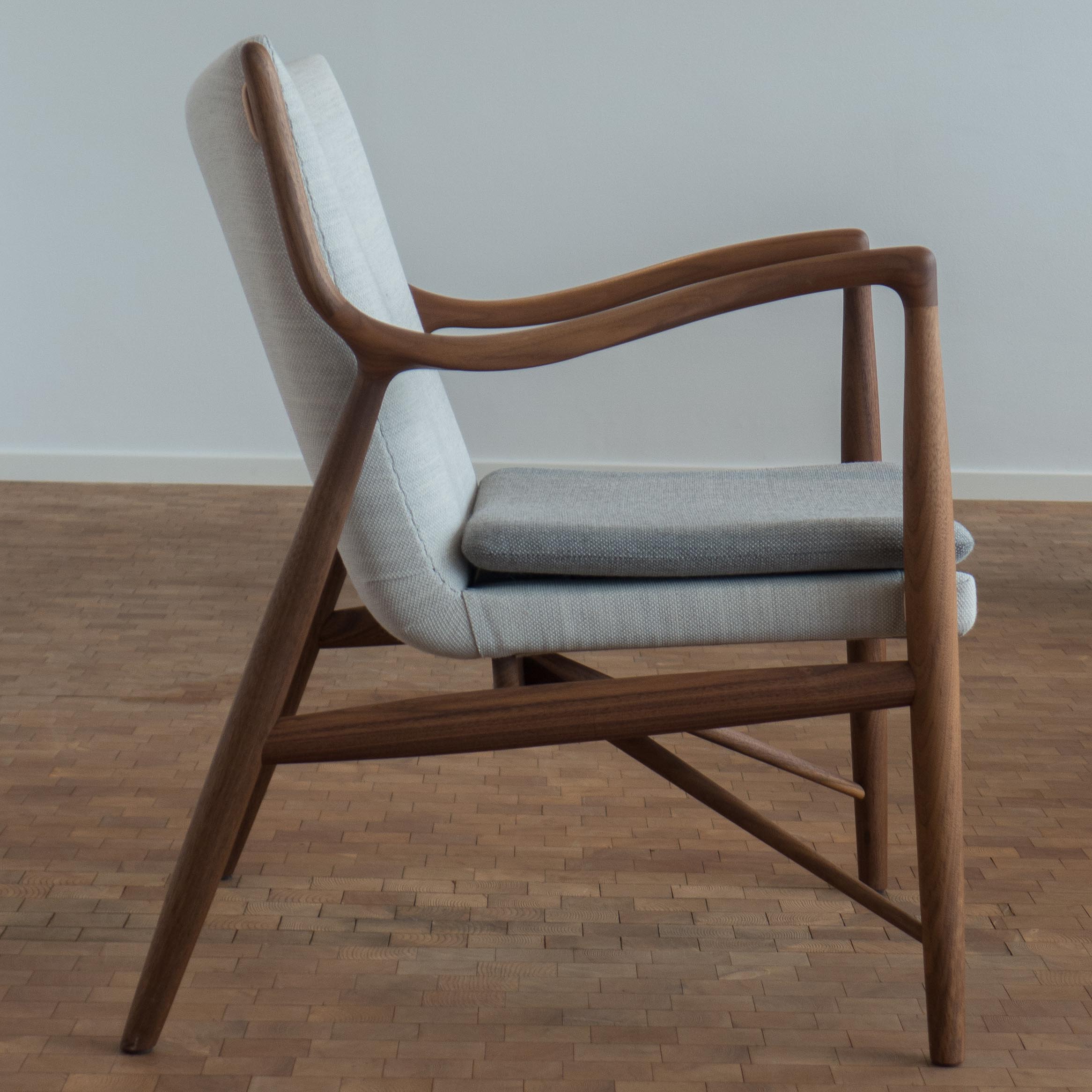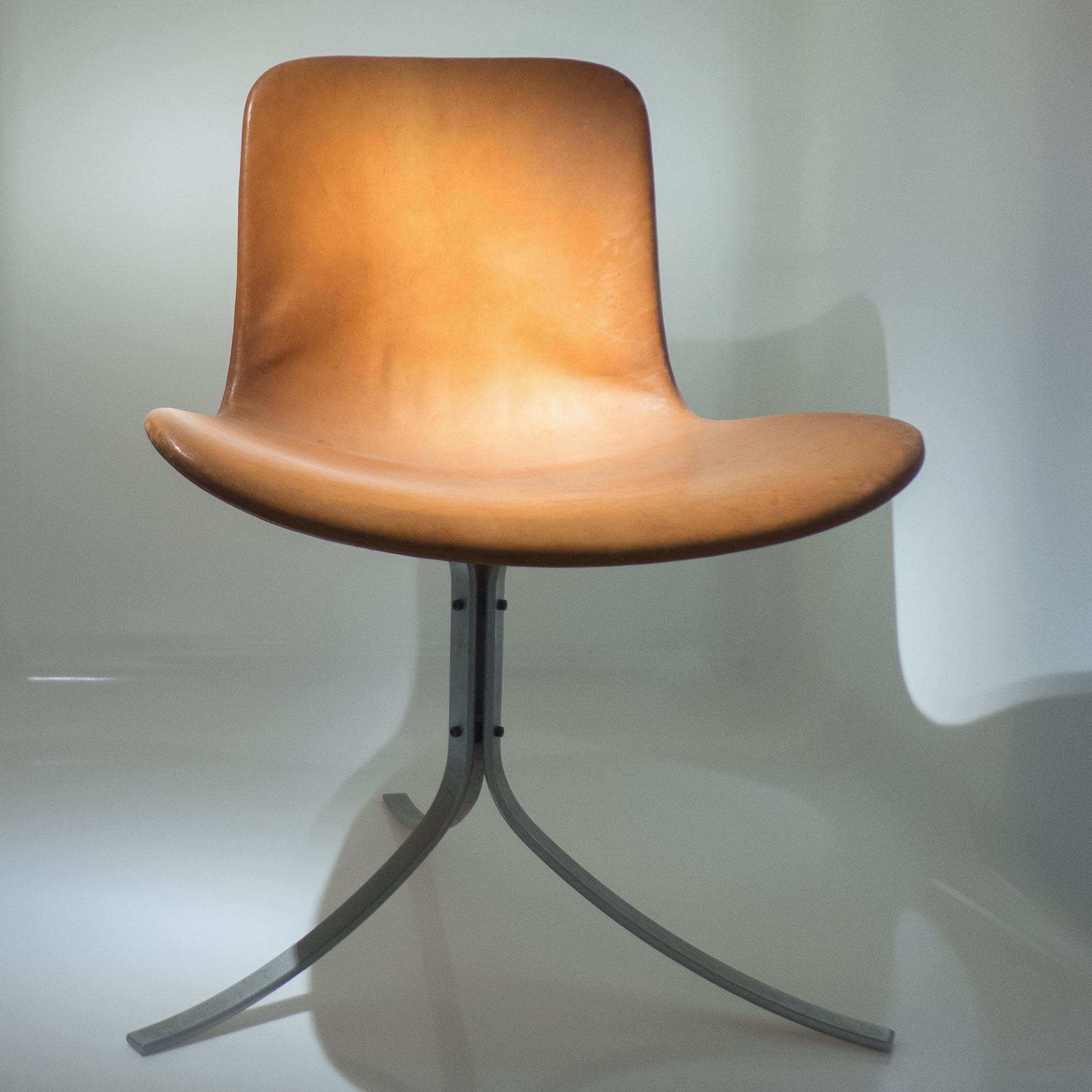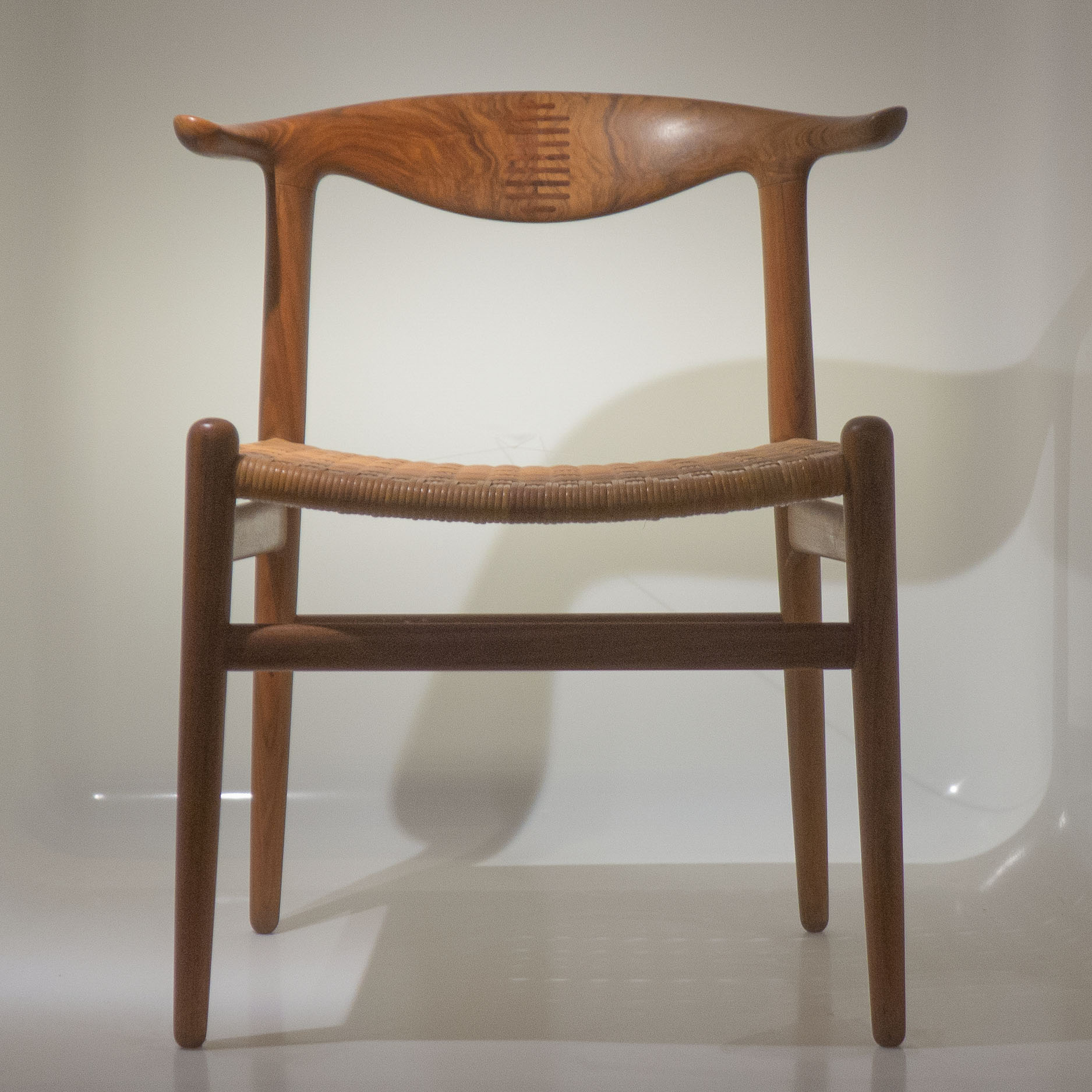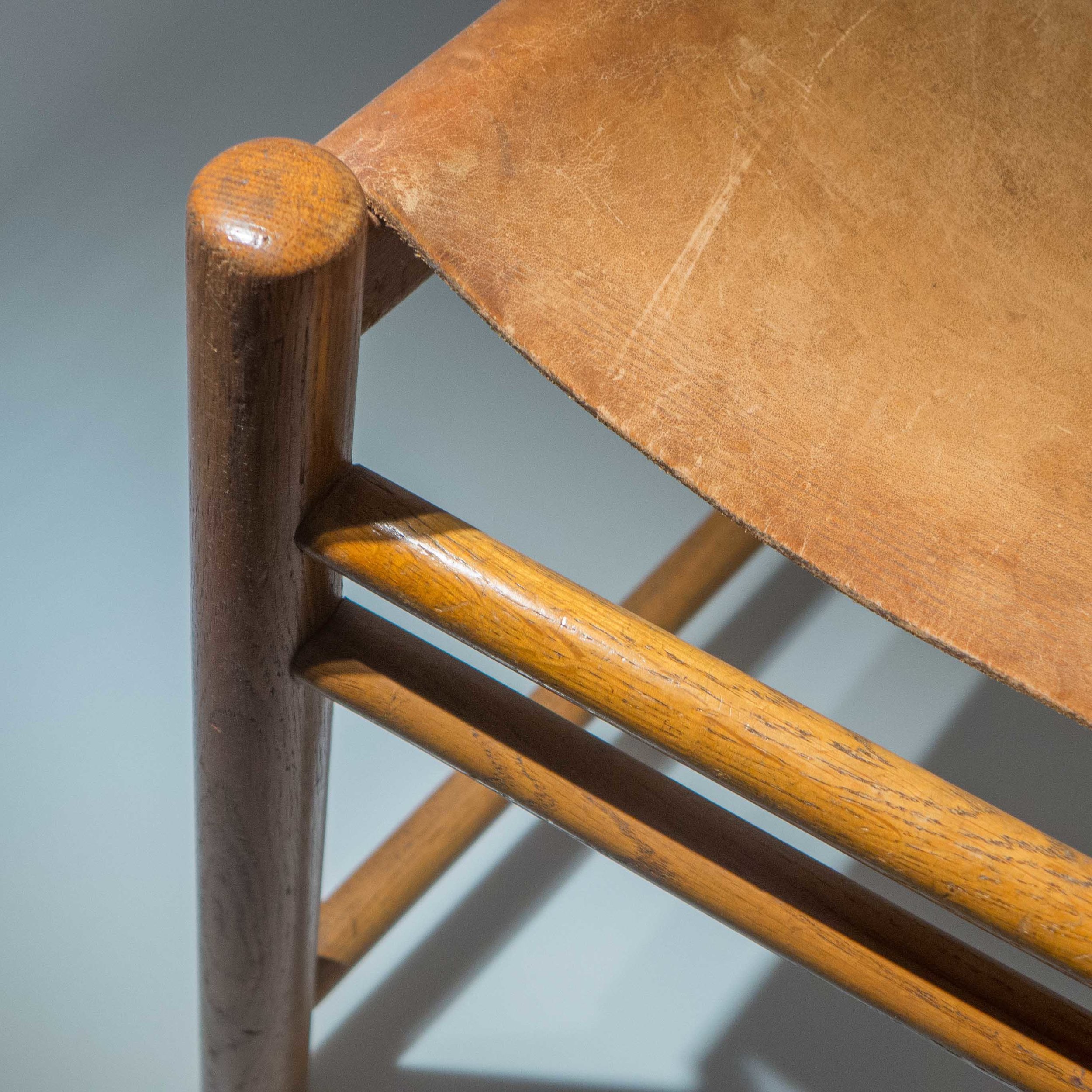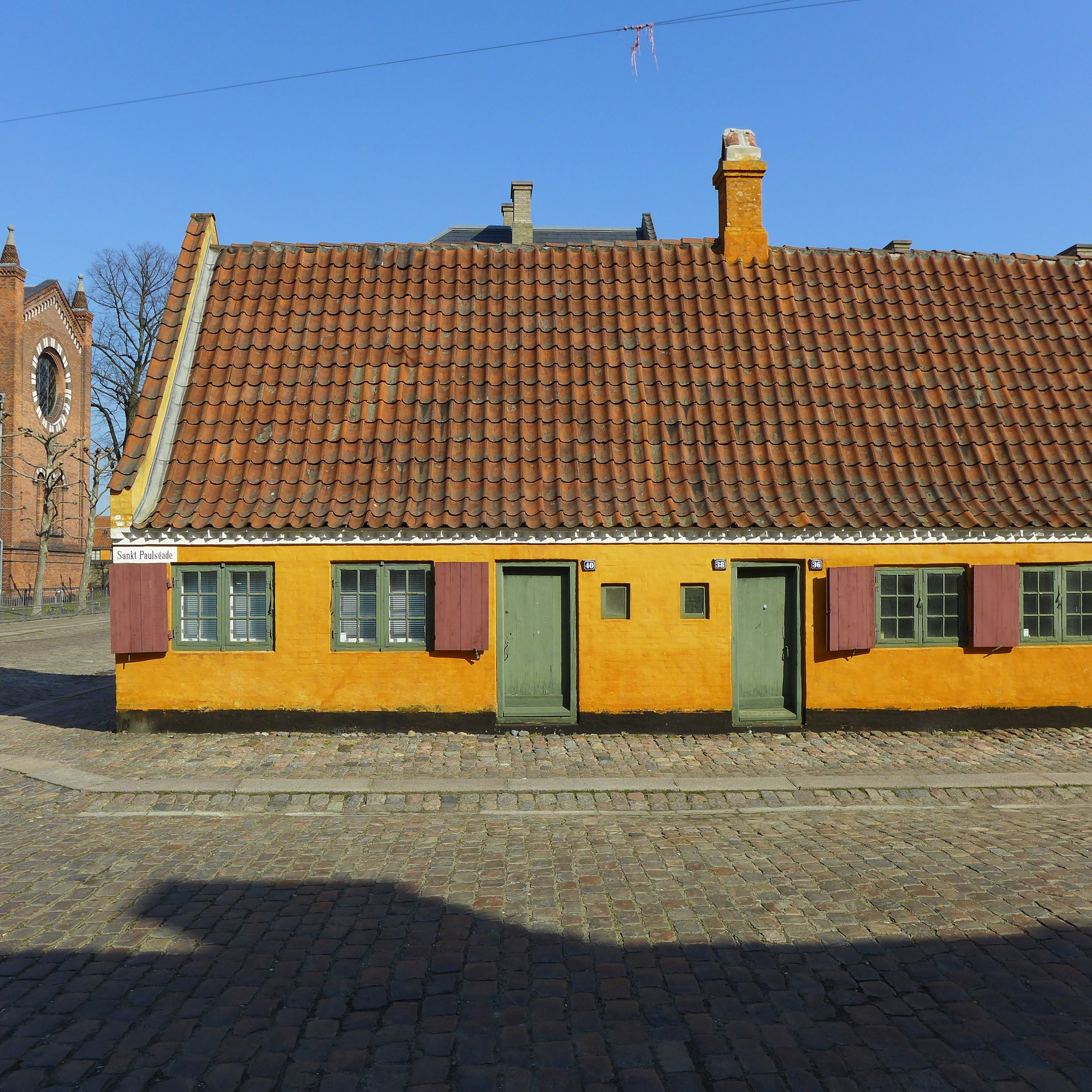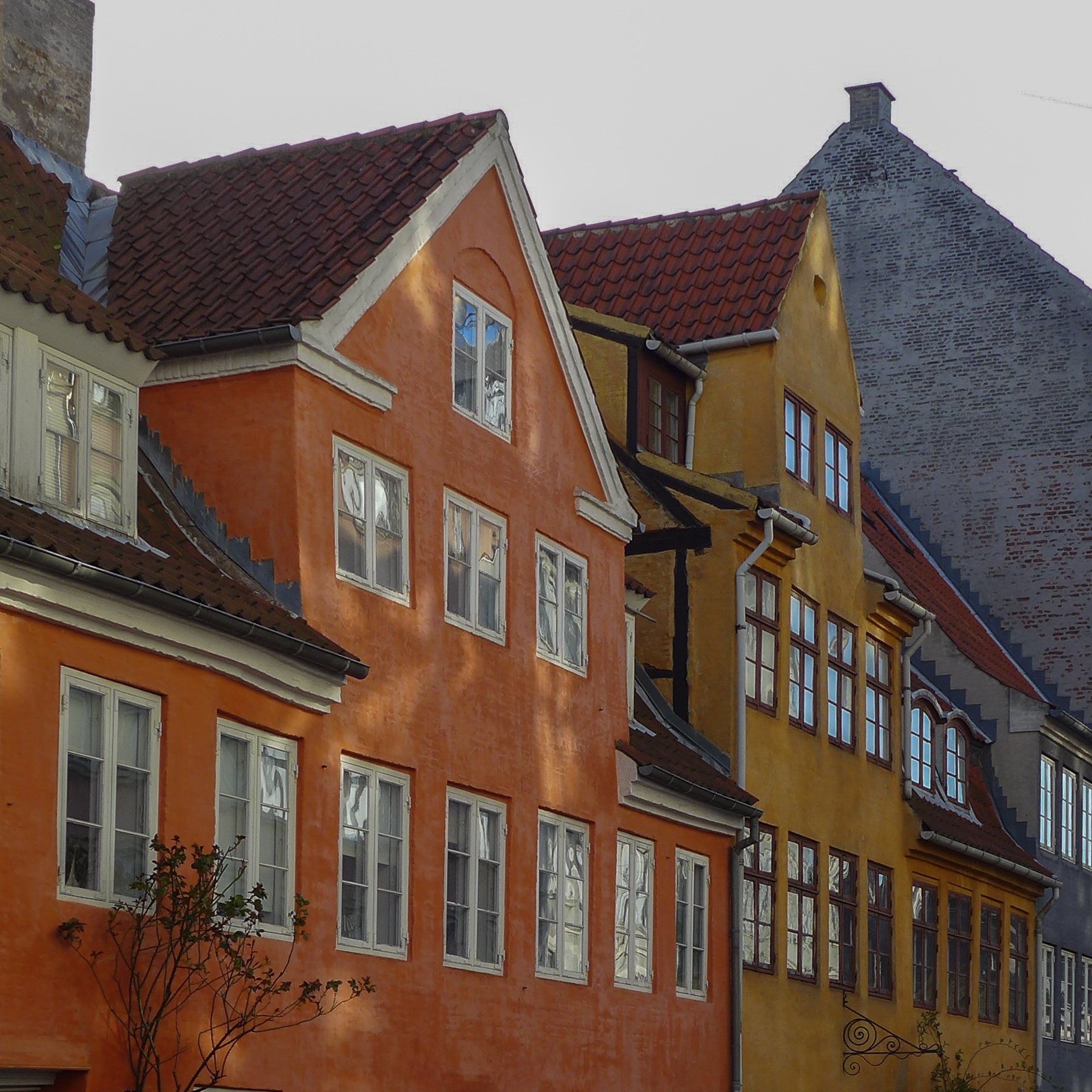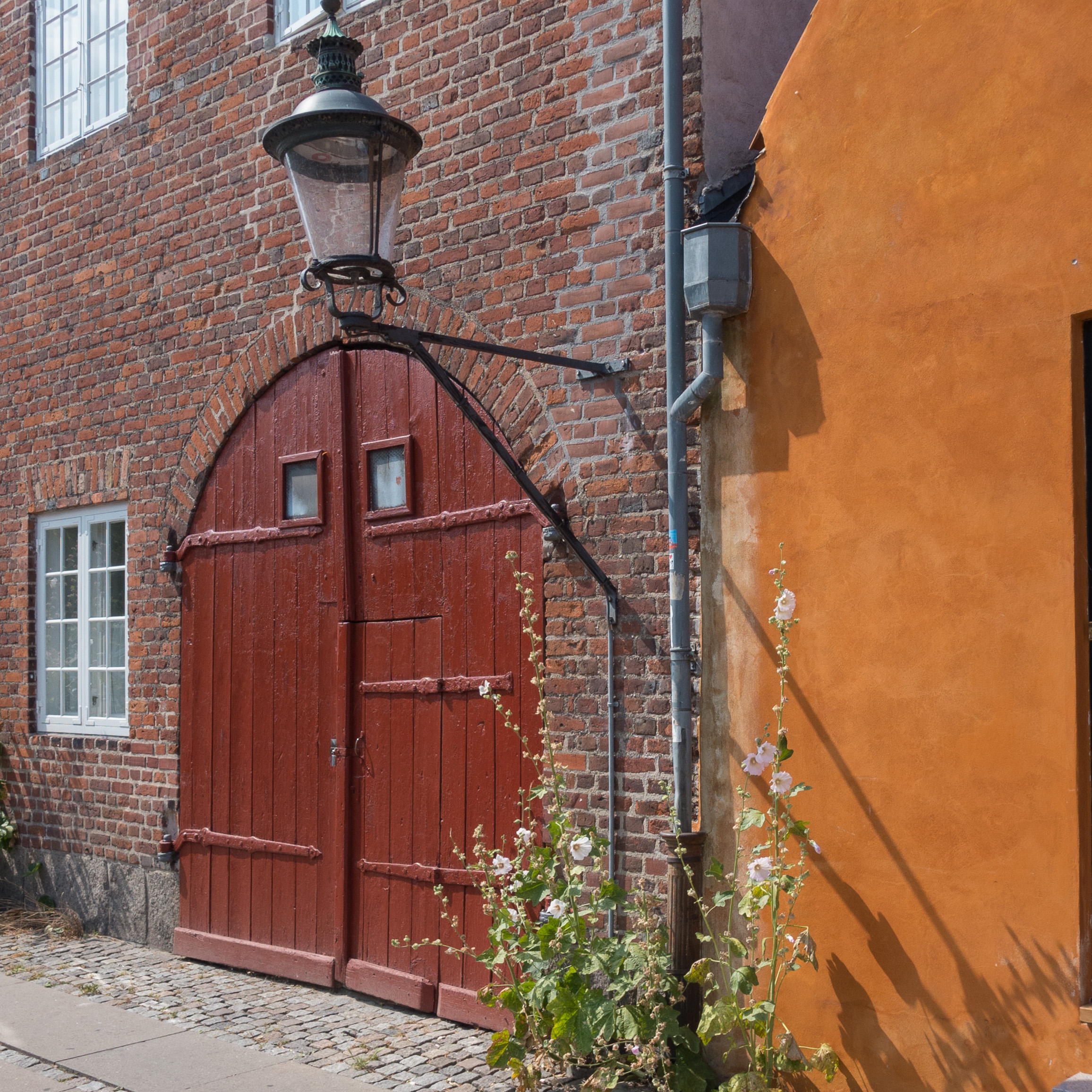danish design review
/It’s now well over five years since danish design review started and that’s quite a long time for a design blog.
From the start, the plan was to create a site more like an on-line magazine than a blog so part of the problem has been the amount posted and, unlike with a book or a magazine, it can be difficult to set out related posts in any sort of rational order.
Even planning ahead, to write a number of posts and then to post them in reverse order - so they can be read in a rational sequence - is not always possible.
One alternative is to back-date posts to move them back with earlier pieces or pull older posts forward - when new and relevant material is found - but that causes problems with links and it’s difficult enough anyway to check and update external links because major sites move around their pages with each redesign. Having been on line for so long it’s interesting to see just how much online sites for major museums and design companies and design studios have changed and most architects now have extensive online sites to showcase current and completed projects and that was certainly not common five years ago.
Five years on, posts here are certainly longer; the subjects covered are wider and the number of photographs is building up so it is more and more difficult to find everything although Squarespace software does have good ways to tag and link the material but these can get overloaded when a site like this covers such a wide range of subjects. A recent post here is about how these tags and categories are being rationalised and the tag cloud below is dynamic so it will change as and when categories are edited.
To try and sort some of this out, over the coming months, there will be some major changes.
Posts will now be under clearer primary categories - design, kunsthåndværk, architecture, townscape and reviews - so it should be easier to find related posts and there will be more links to earlier material.
At the end of each post, links justified to the right have always been to external internet sites and should open in a new window but there will be more links on the left side at the end of a post to link back to earlier material within danish design review.
The five primary categories cover most of the material to date. Four of these - design, architecture, townscape and reviews are obvious. All that has to be added is that posts on design and architecture will focus as much on the context of why and how as the specifics of what and who. Townscape seems like a broader and more appropriate concept than planning to cover the setting of buildings and topography along with points and comments about social context so posts about how public space is used or how streets and areas develop and change and posts to assess if new buildings reflect ongoing change or initiate change.
Reviews are primarily reviews of books and exhibitions although some of the posts about new products or new furniture should be seen as a review.
Art and good architecture and good design and good food all go together so there will continue to be café reviews. If you go to a museum or show room you need at least a coffee and a cake. I once read an old Baedeker guide book where it was clear that one particular entry, for a major cathedral in France, was all written from a table outside a good café opposite.
Kunsthåndværk is probably the only master category that needs some explanation and particularly for readers who are not Danish.
Craftsmanship plays a crucial role in Danish design … not just in the design of furniture and ceramics and glass or in the other applied arts but also in architecture. Look at buildings by Arne Jacobsen and you can see, in everything from staircases to door handles, that Jacobsen understood absolutely what could and could not be done in the process of constructing or making or manufacturing the parts of a new building and he expected and demanded the best and often pushed skills to new levels. The best Danish designers understood and appreciated the craft techniques that should be the starting point for production and many of the great classic designs were made in close collaboration with highly-skilled craftsmen and cabinetmakers. Obviously that is not unique to Denmark and Danish design but in few other countries is the tradition of craftsmanship so strong in manufacturing.
A tradition of pairing designer and maker survives in the Autumn Exhibition of the Cabinetmakers and in the annual exhibition Skud på Stammen where young student cabinetmakers are paired with established designers to produce exemplary work.
It is about good teaching and training to establish a firm understanding of craft and manufacturing skills but it is also about how those skills and knowledge and experience can be applied, right from the start, in the design process and then taken onwards into manufacturing.
In this - the anniversary year of the founding of the Bauhaus in Germany - it is important to remember that although the Bauhaus is now associated generally with what we recognise as truly modern architecture and with early modern industrial design and production, all students at the school had to learn traditional handcraft techniques and each of the disciplines was lead by a designer and a master of form. After completing courses the certificates stated that students were qualified as journeymen so - even at the Bauhaus - the values, the terminology and the organisation of medieval craft guilds were understood and respected.
In Denmark the teaching and the application of craft skills is also about taking that knowledge forward to challenge, develop and move those skills forward. Look at the work of Statens Værksteder for Kunst in Copenhagen and you see immediately in the workshops how craft skills are not just relevant but crucial and dynamic.
However, the problem is that there is little agreement about which words to use when talking or writing about craftsmen and their skills. I have written about this before but seem no closer to a solution. England has a Crafts Council but although this covers ceramics and glass and furniture and so on, it does not include building crafts that in Denmark seem equally valid, The word craftsman is generally avoided as sexist and to talk about crafts, not only in England but also in Germany and Denmark, still conjures up the wrong images of craft fairs in church halls and things like jam.
Artisan and artisanal have been not only badly used and over used by advertising people but are somehow tainted and to call someone an artisan in England still sounds like a thinly-disguised insult about someone's class or position in society.
I like the word maker and that relates to the Swedish use of form and formgiver with the idea that it is the person who realises the design. The magazine Form was founded in 1905 and Svensk Form is the Swedish Society of Crafts and Design.
But the terms maker or form or formgiver - in the sense of making or giving form to a design - are not used generally in Denmark.
So, as the comparable Danish organisation to Svensk Form is Danske Kunshåndværkere & Designere - the Danish Association of Craftsmen and Designers - it seems sensible, for a site about Danish design, to use the Danish word Kunsthåndværk.



